Each kilogram of red-fleshed dragon fruit is being sold for 10,000-13,000 VND per kilogram, down 50% compared to the same period last year.
Along Thong Nhat, Pham Van Chieu (Go Vap), Pham Van Dong (Thu Duc City), Nguyen Xi (Binh Thanh) streets... red-fleshed dragon fruit is being sold at half the price of the same period last year. This is also the first year this fruit has been sold on the streets of Ho Chi Minh City.
Mr. Hoang, the owner of a dragon fruit stall on Thong Nhat Street, said that red-fleshed dragon fruit has never been as cheap as it is now. In previous years, he only imported the second and third-grade products to sell, while the good ones were all exported. However, this year, all types are available in large quantities and at super cheap prices.
Meanwhile, Mr. Thuan - the owner of a cart on Pham Van Dong Street - said he sells both white and red dragon fruit, which are taken from Gao Market ( Tien Giang ) and have a very sweet taste. "Many growers find the price too low and do not want to cut it, so I collect it at a reasonable price and transport it to Ho Chi Minh City to sell," he said.
Not only the carts, but also the fruit stores, red and white dragon fruit are being sold for 15,000-20,000 VND per kilogram, down 40% compared to the same period last year. Most store owners said that the supply to the market is quite abundant but weak purchasing power has caused the product to decrease sharply.
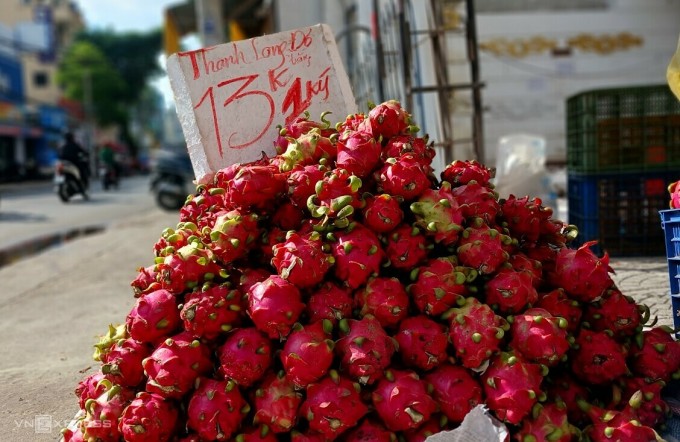
Red-fleshed dragon fruit sold on the sidewalk of Thong Nhat Street (Go Vap). Photo: Thi Ha
According to records in Cho Gao district (Tien Giang province), dragon fruit is purchased by traders at a price of 4,000-8,000 VND per kg.
Mr. Huu - who grows red-fleshed dragon fruit on an area of more than 4,000 square meters - said that with the selling price of 5,000-8,000 VND per kilogram, his garden is not profitable. In the near future, if the profit from this fruit continues to decrease, his family may switch to other crops.
Similarly, Mr. Hoan - a former member of the dragon fruit cooperative in Long An - said that he has reduced the area of this crop by half for more than a year. In the near future, he may stop completely to change the crop variety.
According to the Long An Dragon Fruit Association, in its heyday, the area planted with this fruit in the locality exceeded 12,000 hectares, now it is only 9,000 hectares, meaning that more than 3,000 hectares have been destroyed by farmers. Currently, dragon fruit output is only 50% of what it was before. Previously, Chinese traders were lurking to buy Vietnamese goods, causing prices to rise, but now red-fleshed dragon fruit exports have dropped sharply, with some periods dropping by up to 40%.
Data from the Department of Crop Production and Plant Protection of Tien Giang province shows that the area of fruit trees in the whole province is 86,089 hectares. Of which, the area of dragon fruit is more than 8,700 hectares. Up to now, the whole province has issued and is operating 279 codes for fruit growing areas, with an area of more than 20,000 hectares. Of which, 78 codes for dragon fruit growing areas have been issued, with an area of more than 6,100 hectares.
Exporters believe that the reason for the sharp drop in red-fleshed dragon fruit prices is due to China reducing its purchases. Meanwhile, domestic purchasing power is weak because many other tropical fruits are in season and have attractive prices.
China has not yet succeeded in dealing with off-season fruit production, but the country’s red dragon fruit production has grown dramatically. China is also adding yellow-fleshed dragon fruit to diversify its product range.
Last year, the country announced that it had planted 67,000 hectares of dragon fruit, producing 1.6 million tons, more than Vietnam in both area and output. The country then allowed farmers to increase their area, diversify their products, and provide technical support to achieve high productivity.
According to People's Daily, recently farmers in Cixi, Ningbo, Zhejiang province in eastern China, have been working all night to artificially pollinate dragon fruit, ensuring a successful harvest. Here, farmers in this area have also expanded their acreage compared to before. This has caused the price of red-fleshed dragon fruit in Nanning to be lower than that of Vietnamese products.
In Guangxi, China’s largest dragon fruit producer, prices have hit record lows. Red-fleshed dragon fruit at a market in the provincial capital Nanning retails for around 7 yuan (23,000 VND) per kilogram, while white-fleshed dragon fruit from Vietnam is priced at around 9 yuan (30,000 VND) per kilogram.
Figures from Vietnam Customs show that in August, dragon fruit exports reached 40.6 million USD, down 20.5% year-on-year and down 34% compared to July. In the first 8 months, dragon fruit exports reached 442 million USD, down 4.4% compared to the same period in 2022. Both white and red dragon fruit products have declined sharply in the Chinese market. In the first 8 months, red dragon fruit exports to China decreased by 36.5% and to the US by 39%.
Thi Ha
Source link


![[Photo] Opening of the 13th Conference of the 13th Party Central Committee](https://vphoto.vietnam.vn/thumb/1200x675/vietnam/resource/IMAGE/2025/10/6/d4b269e6c4b64696af775925cb608560)
![[Photo] Prime Minister Pham Minh Chinh chairs the Government's online conference with localities](https://vphoto.vietnam.vn/thumb/1200x675/vietnam/resource/IMAGE/2025/10/5/264793cfb4404c63a701d235ff43e1bd)




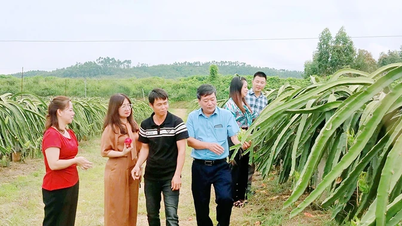

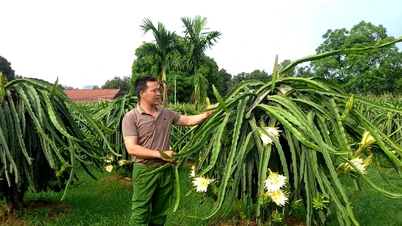







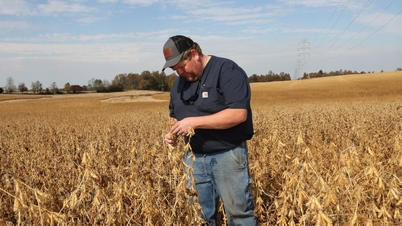




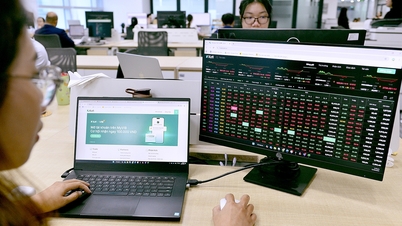

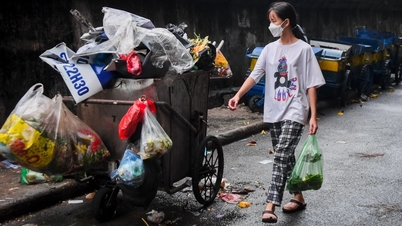











![[Photo] Prime Minister Pham Minh Chinh launched a peak emulation campaign to achieve achievements in celebration of the 14th National Party Congress](https://vphoto.vietnam.vn/thumb/1200x675/vietnam/resource/IMAGE/2025/10/5/8869ec5cdbc740f58fbf2ae73f065076)
























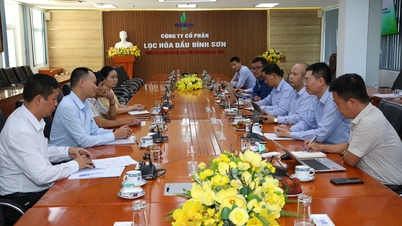





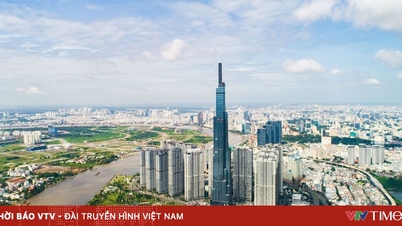

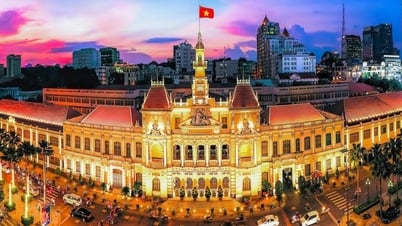


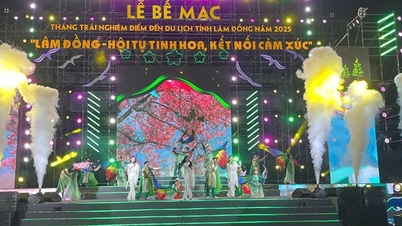


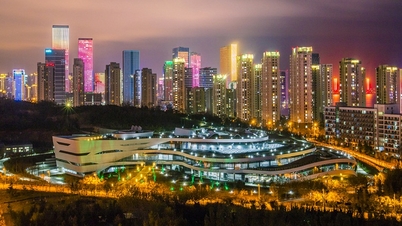




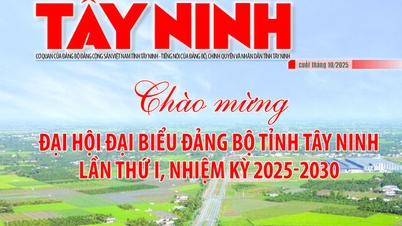



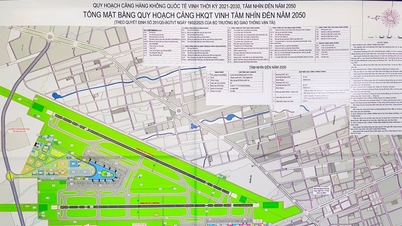

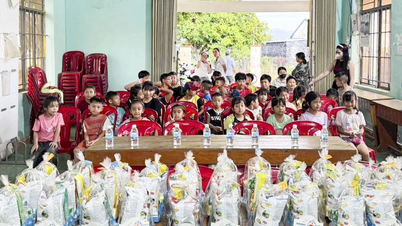
















Comment (0)